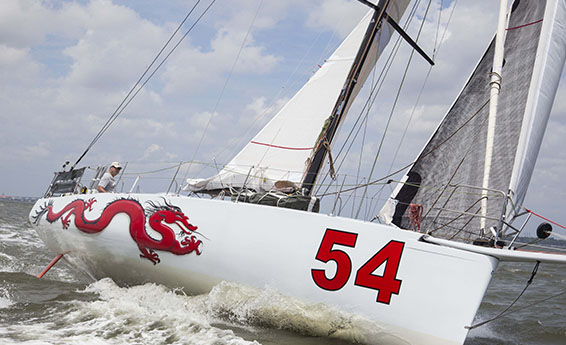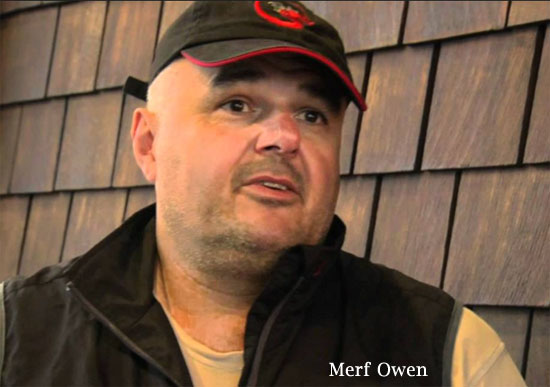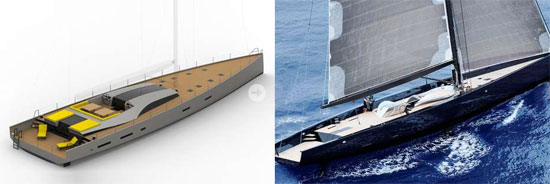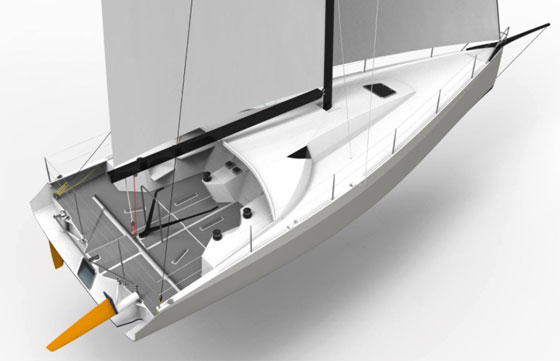Wow, this summer has been so busy, I’ve been unable to keep you up on all the happenings. I hope yours has had its share of fun too. Before I fill you in on the Atlantic Cup, the two Mac Races and my new involvement with The Chicago Maritime Arts Center, let me catch you up on the progress of my book, Spirit of a Dream.
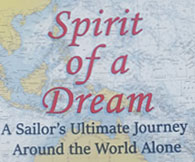 The road to publication takes a lot of patience, but the wait is nearly over. The first proofs have arrived, and after a few tweaks, we are quite happy with them. Now we are awaiting the arrival of our Library of Congress catalog number. Once we get it, Seaworthy Publishing will push the button, and Spirit of a Dream will be available on Amazon! That could be a week or two, but hopefully no more than a month!
The road to publication takes a lot of patience, but the wait is nearly over. The first proofs have arrived, and after a few tweaks, we are quite happy with them. Now we are awaiting the arrival of our Library of Congress catalog number. Once we get it, Seaworthy Publishing will push the button, and Spirit of a Dream will be available on Amazon! That could be a week or two, but hopefully no more than a month!
I’m obviously excited about the book’s publication and can’t wait to share the stories with you. Hopefully, the extra time and hard work have been worthwhile, and will provide you with an excellent read. While we await the arrival of Spirit of a Dream, let me fill you in on other great adventures from this summer.
First off, the biennial Atlantic Cup ran in its usual late May, early June time frame. With 11 boats competing from Brazil, France, Norway, South Africa, USA and sailors from other countries far and wide, the racing was exceptional, very competitive and as challenging as offshore racing can get. Through it all, Earendil, sailed by Catherine Pourre and Pietro Luciani held their consistency to take top honors and win the cup. Catherine was the first winning female in the history of the race.
Earendil was followed by Toothface sailed by Mike Dreese and Tristan Mouligne and then by Amhas with the venerable Rob Windsor and Micha Davis trimming to a close third. Oakcliff Racing, my old boat Bodacious Dream, on which we won the Atlantic Cup in 2013 and with which I then circumnavigated the globe in 2014, had a great final race. They pressed the whole way for a top position, showing that Bo is still one fast boat!
For the past two Atlantic Cups, my involvement has chiefly been with managing the AC Kids Education Program. This year, our crew put on the best event so far, sharing the program, the excitement and the wisdom of the sailors and the ocean with over 2000 kids of all ages and backgrounds! While 9-12-year-olds make up the bulk of the students, we were inspired by the inquisitiveness of first and second graders too and by the determination of high school students who were studying marine biology.
As always, we learn as much from the kids as they do from us. One student spoke out in class by saying, “If plastics last 100 years or longer, then all the plastic we’ve ever made is still here on the earth!” That one really gave me pause. Even I had never looked at it quite that way. No matter where or how you disposed of the plastic you’ve used in your life, it continues to live somewhere. Always give plastic a chance to live a new, recycled life.
Here’s the video from the Atlantic Cup Kids Program. Watch it to the end to hear the final, fantastic statement from the young girl. Her sincerity says it all… ”It’s our earth darn it!”
Next up, 11th Hour Racing gave us, its panel of ambassadors. the opportunity to designate a non-profit organization that we felt most closely aligned with and could help expand each of our own interests and efforts. I chose the Chicago Maritime Arts Center, after being introduced to them by my close friends, Phil Pollard and Grant Crowley over at Crowley’s Yacht Yard, on East 95th Street in Chicago.
 The CMAC consists of a group of passionate boaters inspired by the founder, Capt. Toby Lindo, who launched the program which works with school-age kids to build and operate small boats and so hopefully stimulate some tangible changes in those kid’s life experience. Through the process of building a simple skiff and launching it on the Chicago River, these kids get the chance to do something not easily available in their inner-city neighborhoods.
The CMAC consists of a group of passionate boaters inspired by the founder, Capt. Toby Lindo, who launched the program which works with school-age kids to build and operate small boats and so hopefully stimulate some tangible changes in those kid’s life experience. Through the process of building a simple skiff and launching it on the Chicago River, these kids get the chance to do something not easily available in their inner-city neighborhoods.
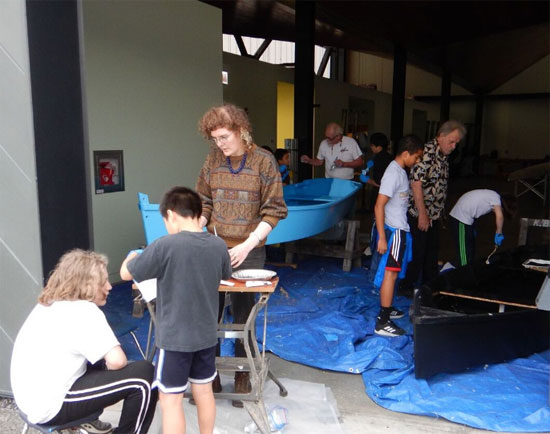
I was lucky enough to attend the second session this summer and wow, what a kick! Kids were using drills, handsaws, measuring tapes, paintbrushes and other tools to build a 10-foot-long Bevin’s Skiff. On launch day, they carried the boats to the water’s edge and with a few words of dedication, quickly slipped them into the water, hopped in and took to the oars. The first few uncoordinated swipes with the oars soon turned into proficient sweeps as these strong young kids took charge of the day and hopefully set a new course for their lives.
The leadership of the CMAC is focused on building out their program to provide this opportunity citywide. Gaining valuable wisdom and insights from other programs throughout the country and leveraging local expertise, they have made a great start, and I have every confidence that within a few years, CMAC will be impacting many young adult lives that will ripple positively across their communities. Check them out on Facebook too – they are definitely worthy of your attention and any spare change you might be able to share with them.
Lastly, the Mac Races! These races are the main event in a Great Lakes sailor’s summer. First up this year was the Bayview Mac Race, which began at the southern tip of Lake Huron and ran the length of Lake Huron to Mackinac Island. I raced the 280 some miles with my good friends on Defiance, a JV 67. Light or mostly non-existent winds actually covered the entire racecourse, except for the last 20 miles when a fresh northerly provided beautiful, clear, upwind sail to the finish. We were excited to be the third boat across the finish line, behind Windquest and Wizard, although the handicap correction dropped us further down the rankings. If anyone ever tells you big winds make for hard sailing, tell them that light or no wind is equally as taxing for competitive-minded sailors.
The following weekend, under rainy, grey skies, and a building northerly wind that would stay through the entire race, aboard the good ship Tango in Blue, we started the Chicago Mac Race. This year I got the unique chance to sail with a crew that included my godson, Harry Barrows who, at 18 was getting the chance to sail his first Mac race! If you’ve heard any stories of this year’s Chicago Mac, they’re probably accurate. We pounded along into 20-25 knot upwind conditions for two continuous days until the winds eased a bit and the skies lightened up. Hour after hour of being doused by waves, while hanging on the rail, as the boat heaved and bashed its way into the next wave. Nights of endless blackness, fatigue and shivering in our cold wet skivvies unleashed an endless stream of stories once we reached Mackinac Island.
This story ended happily though with a tired, elated crew as we topped our section in first place. Without that extra boost of adrenaline at the finish line, that first glass of champagne migh have left me horizontal on the dock.
If that wasn’t enough for one summer, on June 30th, I was honored with induction into the Lake Michigan Sail Racing Federation Hall of Fame. Many friends and family gathered for the ceremony at the Michigan City Yacht Club, the place I call my home harbor, to celebrate. After 45 years of sailing, I have quite a collection of plaques and awards, but none of them are as precious as the ones like this one, that come with the respect of my peers. This honor is especially precious.
So, that’s been the summer, and for it, I am one lucky sailor. I hope yours summer has been full of good memories too. With the coming of fall, look for Spirit of a Dream.
A smooth sail to you into whatever adventures fall and winter might bring you.
Regards to all,
– Dave Rearick

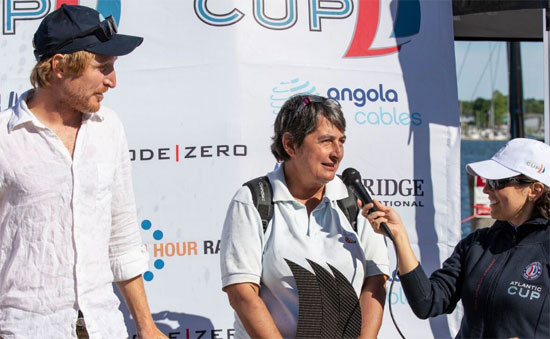
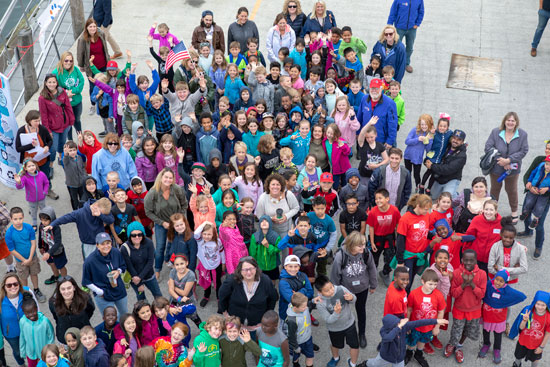
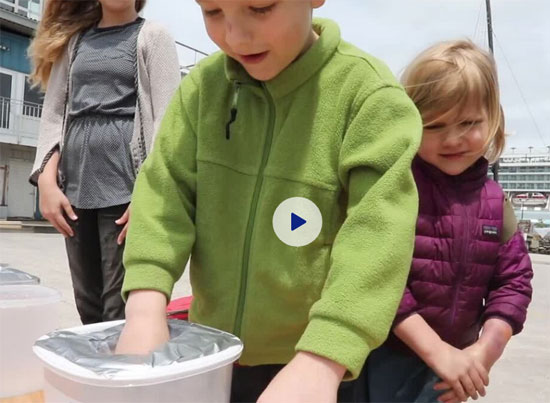
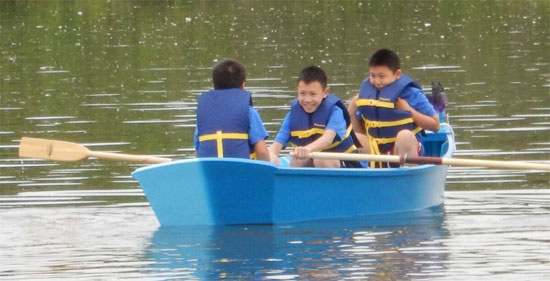

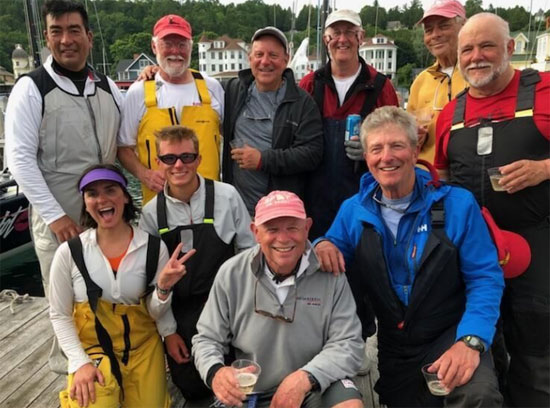

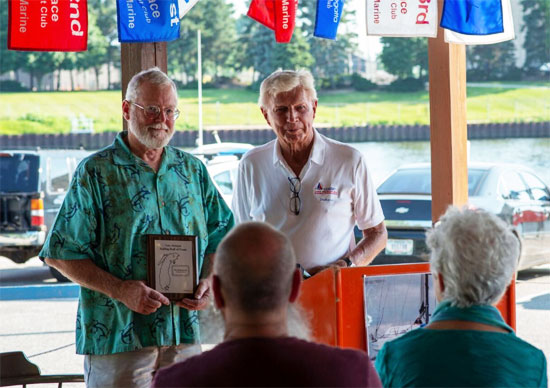

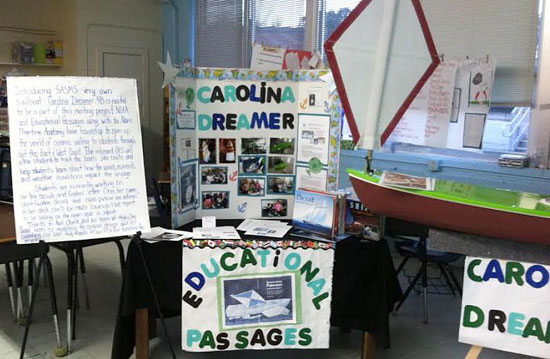
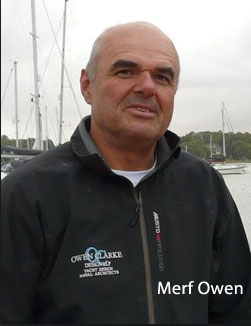
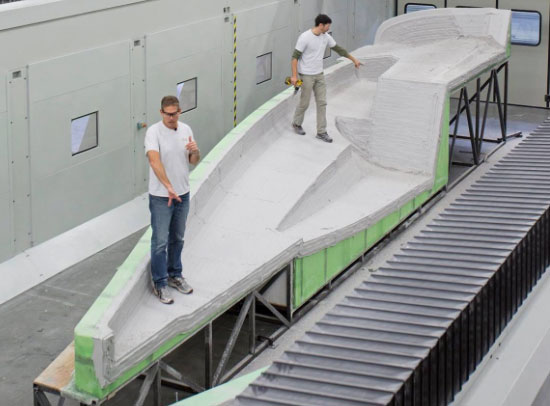
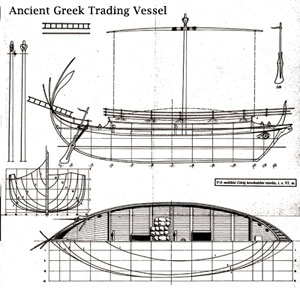
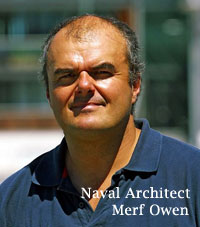

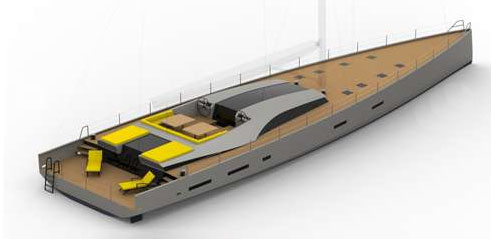


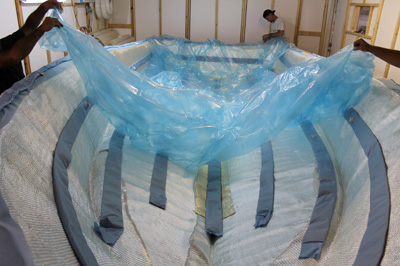

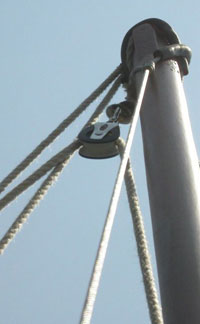 An even more complex set of calculations is necessary when it comes to the mast, which must support the power of the sails through the supporting cables called “shrouds.” There are many calculations to consider in how the shrouds spread the loads across the entire hull. All this has to be worked out so the boat and mast won’t fail in a powerful storm, yet still remain light enough to be competitive on the racecourse. There are always trade-offs to consider between strength and weight when making these important calculations and decisions.
An even more complex set of calculations is necessary when it comes to the mast, which must support the power of the sails through the supporting cables called “shrouds.” There are many calculations to consider in how the shrouds spread the loads across the entire hull. All this has to be worked out so the boat and mast won’t fail in a powerful storm, yet still remain light enough to be competitive on the racecourse. There are always trade-offs to consider between strength and weight when making these important calculations and decisions.

 When the body of the boat is complete, the real fun can begin. The mast and boom, the sails and the rigging are mounted and the boat is launched. Finally, it’s time to take it test sailing to see how the sailplan and the rest of the boat work together.
When the body of the boat is complete, the real fun can begin. The mast and boom, the sails and the rigging are mounted and the boat is launched. Finally, it’s time to take it test sailing to see how the sailplan and the rest of the boat work together.
